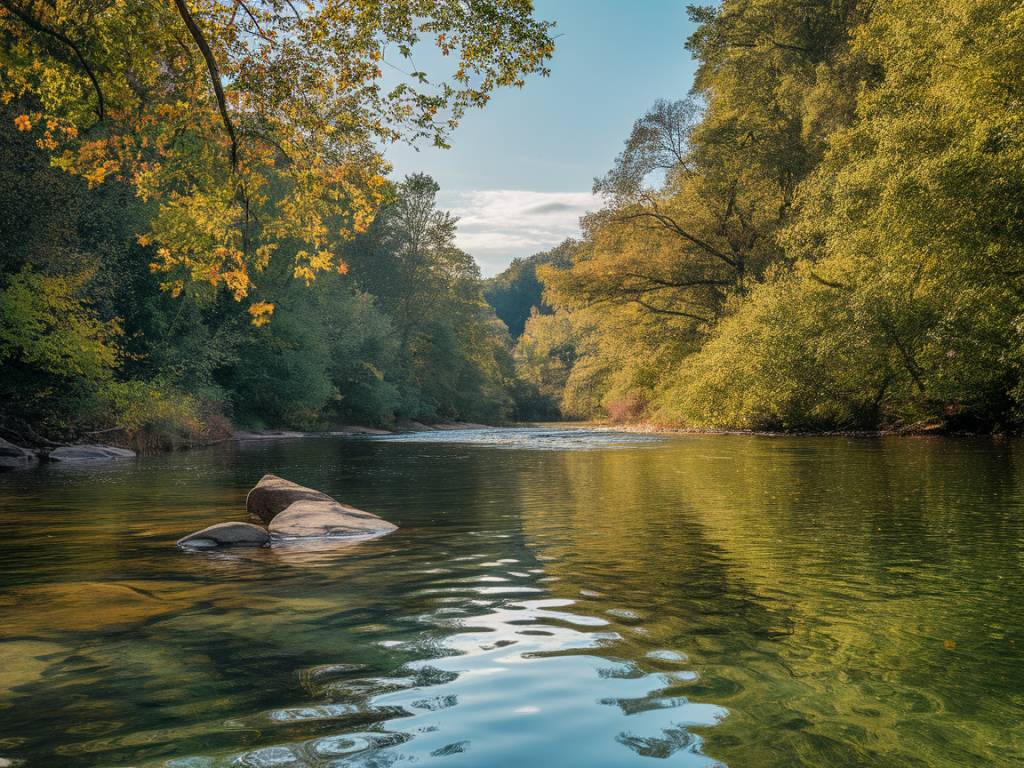How Climate Change Affects Water Quality and Availability
Water is essential to life, yet climate change is putting increasing pressure on its availability and quality. Rising temperatures, extreme weather events, and changing precipitation patterns are all shifting the way freshwater is distributed and accessed around the world. But what does this mean for our daily lives, and how can we adapt to a world where water is becoming more unpredictable?
Rising Temperatures and Water Scarcity
One of the most noticeable effects of climate change is the rising global temperature. As temperatures increase, evaporation rates also rise, leading to water loss from lakes, rivers, and reservoirs. This is particularly concerning in regions already struggling with water scarcity, such as parts of Africa, the Middle East, and the southwestern United States.
Moreover, higher temperatures cause glaciers and ice caps to melt at an accelerated pace. While this initially increases river flow, in the long term, it depletes a crucial source of freshwater for millions of people. For instance, the Himalayas, often called the « water towers of Asia, » supply water to over a billion people. As these glaciers shrink, future water shortages could become severe.
More Extreme Weather Events
Climate change is making extreme weather events—such as hurricanes, droughts, and floods—more frequent and intense. Each of these events disrupts water availability and quality in unique ways:
- Droughts: Prolonged dry spells stress freshwater supplies, making it difficult for communities to access clean water. Rivers and reservoirs dry up, and groundwater levels drop, forcing people to rely on deeper and often contaminated sources.
- Floods: While droughts reduce water availability, floods can lead to contamination. Excessive rainfall overwhelms sewage systems, allowing pollutants, chemicals, and bacteria to mix with drinking water supplies.
- Storm Surges & Hurricanes: Coastal areas face saltwater intrusion when storms push seawater into freshwater systems. This not only reduces the availability of potable water but also damages infrastructure designed for freshwater use.
Water Contamination and Health Risks
As water becomes scarcer or contaminated, the risks to human health increase. Rising surface temperatures in lakes and rivers promote the growth of harmful bacteria and algae blooms, some of which produce toxins that can cause serious illnesses. For example:
- Cyanobacteria: Also known as blue-green algae, these proliferate in warm waters and release toxins that can cause neurological issues, skin irritation, and digestive problems.
- Increased Heavy Metal Concentration: Lower water levels in rivers and lakes can concentrate pollutants such as arsenic and lead, creating a serious health hazard.
- Waterborne Diseases: Flooding often leads to outbreaks of diseases like cholera and dysentery due to the mixing of sewage with drinking water.
The Impact on Agriculture
In addition to affecting drinking water supplies, climate change disrupts agriculture, which relies heavily on consistent water sources. Irregular rainfall and prolonged droughts reduce crop yields, forcing farmers to depend on water-intensive irrigation systems. However, in many cases, groundwater reserves are being depleted faster than they can be replenished.
Additionally, the rising salinity of freshwater sources due to seawater intrusion can render once-fertile land barren. This threatens global food security and makes it difficult for small-scale farmers to sustain their livelihoods.
What Can We Do?
While climate change presents formidable challenges to water security, there are practical steps individuals and communities can take to mitigate its impact:
- Water Conservation: Simple actions like fixing leaks, using water-efficient appliances, and reducing unnecessary water consumption can make a difference.
- Rainwater Harvesting: Collecting and storing rainwater for household use can help during dry spells and reduce dependency on strained municipal supplies.
- Improved Water Filtration: Home filtration systems can remove contaminants from drinking water, ensuring safe consumption even in times of increased pollution.
- Support Sustainable Policies: Advocating for policies that promote water conservation, protect watersheds, and encourage sustainable agricultural practices can help secure water supplies for future generations.
- Community Adaptation Projects: Engaging in local water-saving initiatives, such as urban greening or restoring wetlands, can help mitigate climate change’s impact on water quality.
Final Thoughts
Climate change is reshaping the way we access and use water, affecting everything from drinking supplies to agricultural production. By understanding these challenges and taking proactive steps, we can better prepare for a future where water security is not just a concern, but a priority. Whether through personal conservation efforts, improved filtration, or advocating for sustainable policies, every action counts in building resilience against an increasingly unpredictable global climate.
